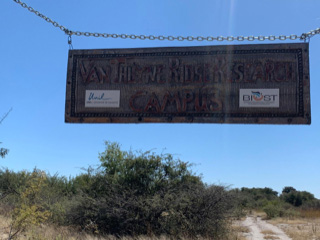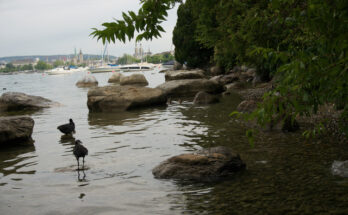Cette publication est également disponible en :
![]() Français
Français
Thesis defended by Thuto Mokatse, February 21, 2024 – Institute of Earth Surface Dynamics (IDYST).
The study focuses on the Chobe Enclave in northern Botswana, where the impact of tectonics is often obscured by sedimentary material, making detailed paleo-environmental reconstruction challenging. A combination of near-surface geophysical surveys, sedimentological analyses, and optically stimulated luminescence dating were used to investigate the relationships between landscape development and tectonic activity.
The Chobe Enclave forms part of a Chobe-Linyanti sub-basin, a structural depression bounded by fault systems, crucial to its evolutionary setup. The study revealed a transition from a fluvial/aeolian environments to a lacustrine/palustrine ones, with the formation of carbonates and diatomites. Tectonic events led to burial of fluvial channels, syndepositional uplift of sand ridges, and the formation of fluvial watergaps. Hydrogeochemical changes during Late Pleistocene to Holocene are linked to the formation of authigenic sepiolite (a fibrous clay mineral) in an evaporitic system.
The study further explored mineralogical relationships and quartz microtextures, revealing a complex history of a paleo-alluvial fan influenced by hydrological changes with evidence of aeolian, fluvial, palustrine, and weathering phases.




